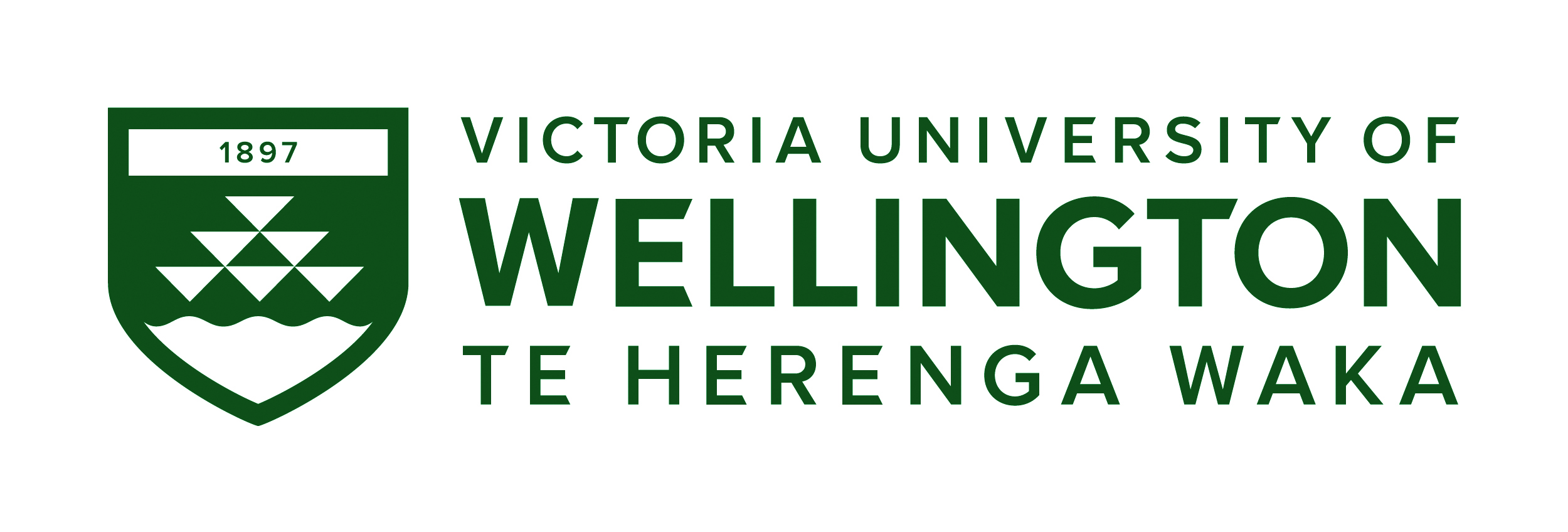Overcoming the Limitations of Standard LIDAR in Autonomous Robots using Ultrasonic Sensors
Keywords:
LIDAR (Laser Imaging Detection and Ranging), Electrical and Electronic Engineering, Autonomous RobotsAbstract
Autonomous robots have the potential to revolutionise various industries, including agriculture, healthcare, and tasks involving repetition, such as cleaning. The efficacy of these robots is contingent upon the accuracy of their input data. One sensor commonly utilised in robotics is LIDAR (Laser Imaging Detection and Ranging), which has a known limitation in its inability to detect objects that are either transparent or absorb the infrared light emitted by the sensor. A system was developed that combines high-frequency LIDAR with low-frequency ultrasound sensors. This system includes eight ultrasonic sensors with 360-degree LIDAR arranged to minimise the region's non-detection regions. Significant software development was undertaken, including the creation of a Robot Operating System (ROS2) workspace, a custom plugin for the ROS2 navigation stack (NAV2) that enables ultrasonic sensors to be used in NAV2, and a set of custom publisher nodes that communicate information to the navigation system to ensure ultrasonic operation. A physical mount was designed to house the LIDAR and ultrasonic sensor array and encapsulate the wiring loom. The mount was 3D printed and attached to a metal extrusion pillar. The mount places the ultrasonic sensors at an appropriate height to prevent erroneous echoes from the robot chassis from being detected. The ultrasonic sensors are characterised to understand the error associated with various distances. The LIDAR+ ultrasonic system has demonstrated marked improvements over a LIDAR-only system, as evidenced by minimal loss in time navigating basic courses and improved navigation when incorporating previously undetectable objects in the cost map. The successful implementation of this system would facilitate more efficient resource utilisation and reduce carbon emissions by enabling robot-specific tasks like cleaning to be performed remotely or automatically.


